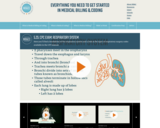
Here you'll find a breakdown of the respiratory system and a look at the types of respiratory surgery codes available in the CPT manual.
- Subject:
- Allied health personnel
- CTE
- Health and Medical Science
- Medical informatics
- Date Added:
- 01/27/2014

Here you'll find a breakdown of the respiratory system and a look at the types of respiratory surgery codes available in the CPT manual.
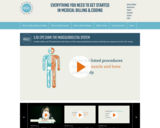
In this video, we'll break down the basics of the musculoskeletal system and help you prepare for the CPC exam. Since
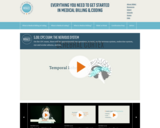
On the CPC exam, there will be approximately ten questions, in total, on the nervous system, endocrine system, eye and ocular adnexa, and ear.
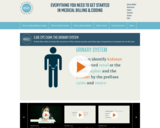
Watch this video to learn the structure of the urinary system and what type of questions to prepare for on the test.

This video explains how to find a CPC exam location near you.
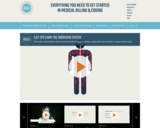
This video will provide a brief overview of the endocrine system, along with tips on what to expect in the exam.
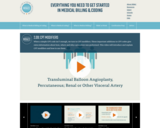
When a simple CPT code isn't enough, we turn to CPT modifiers. These important additions to CPT codes give extra information about how, where and why a procedure was performed. This video will introduce and explain CPT modifiers and how to use them.
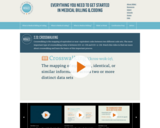
Crosswalking is the mapping of equivalent or near-equivalent codes between two different code sets. The most important type of crosswalking today is between ICD-10-CM and ICD-9-CM. Watch this video to find out more about crosswalking and learn the basics of this important process.

The majority of medical coding today is facilitated by medical coding software. This video will explain some of the qualities of medical coding software, and will show you how coding electronically will save you time and raise your coding efficiency.

The CPC exam can be intimidating if you don't have a plan going in. In this video, we'll show you some general preparation tips and test-taking strategies that will set you on the path to success.
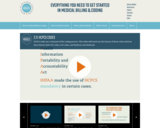
HCPCS codes are a vital part of the coding process. This video will teach you the format of these codes and how they interact with CPT codes, ICD codes, and Medicare and Medicaid.

In previous courses, we've talked about HIPAA in regards to its regulation of standard transmissions between providers and payers. These standard transmissions include claims, meaning HIPAA regulates a huge portion of the medical billing process.
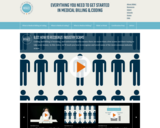
Coding and billing is booming, and unfortunately this means there are more than a few scams out there trying to take your money. In this video, we'll teach you how to recognize and avoid some of the most common industry scams.
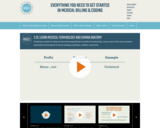
Working in medical coding involves becoming fluent in medical terminology. Learn some of the most common anatomical and surgical terms by looking at prefixes, suffixes, and roots.
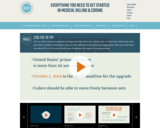
ICD-10-CM is a vastly expanded set of diagnosis codes that's set to replace ICD-9-CM in 2014. While these code sets share a number of similarities, ICD-10-CM is different in its format and organization. This course will teach you what ICD-10-CM is and will give you a foundation for using it in everyday coding.
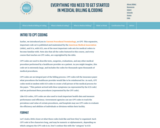
CPT codes allow coders to describe exactly what service a healthcare provider has performed for a patient. Learn more about these invaluable codes in this video.

Hello, and welcome to our series on medical billing and coding. On this site, you'll watch video lectures on every aspect of the medical coding and billing field.
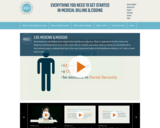
Both Medicare and Medicaid are large federal healthcare programs. They're maintained by the Centers for Medicare and Medicaid Services (CMS). More than 80 million Americans today use Medicare and Medicaid as their primary payer, making them two of the most important bodies in the healthcare industry. Let's take a closer look at each.
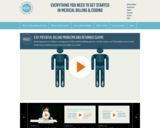
Reducing errors in claims is a huge part of the medical billing process. In this course, we'll introduce you to some of the most common errors you can make on a claim.

Prepare for our Section 3 Quiz with this Section 3 Review. This video will go back over the key points of this section.